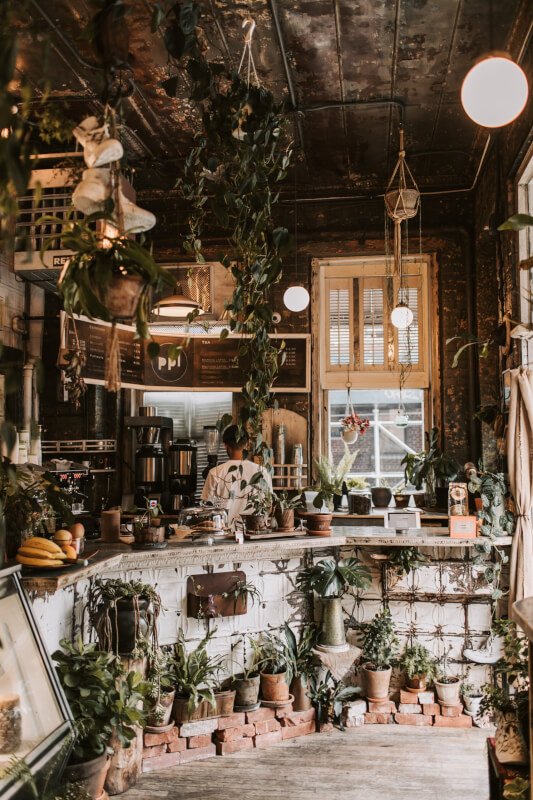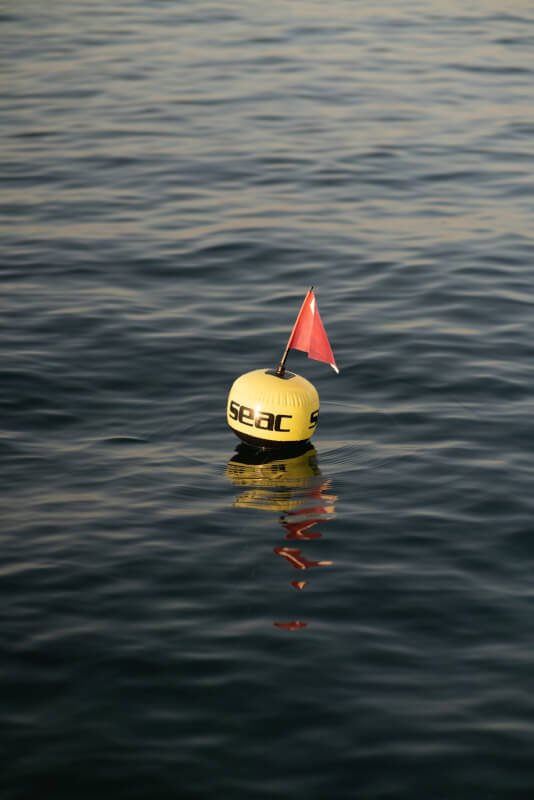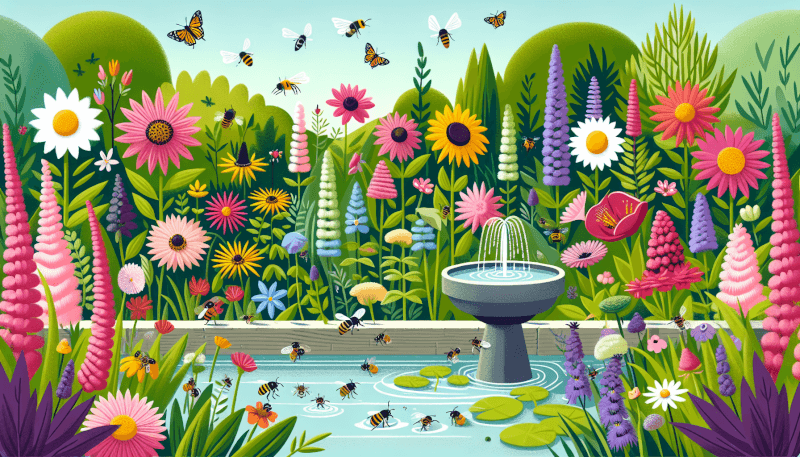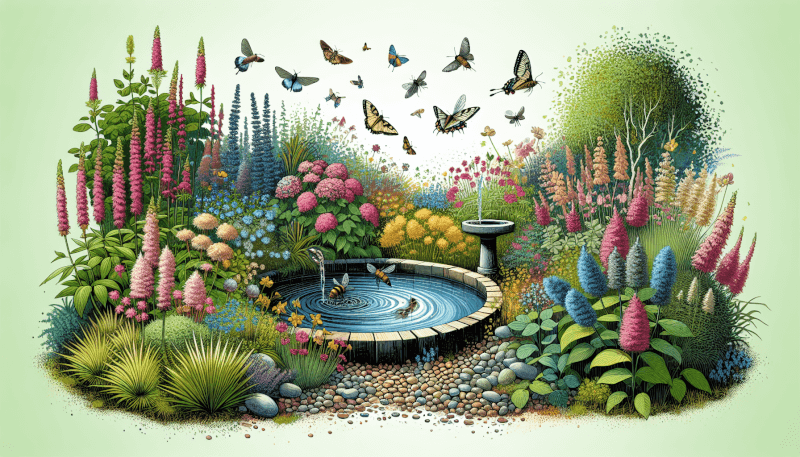Are you looking to create a vibrant, buzzing garden full of colorful blooms and thriving plants? Look no further! In this article, we’ll explore the best ways to attract pollinators to your DIY garden. Discover simple yet effective techniques that will invite bees, butterflies, and hummingbirds to your outdoor space, allowing them to play an essential role in the fertilization of your flowers and vegetables. Prepare to fill your garden with life and beauty as you learn how to create a welcoming habitat for these important pollinators.
Choose Native Plants
Understand the Importance of Native Plants
When creating a pollinator-friendly garden, it is essential to choose native plants. Native plants are those that naturally occur in your region and have evolved alongside local pollinators. By selecting native plants, you are providing a familiar food source and habitat for pollinators, ensuring their survival and the success of your garden.
Research Native Plants in Your Area
Before getting started, take some time to research the native plants that are suitable for your area. Different regions have different climate conditions and soil types, which can impact the types of plants that thrive. Look for local gardening resources or consult with experts at your local nursery to learn about the native plants that will attract pollinators in your specific area.
Select a Variety of Native Plants
To create a vibrant and diverse garden that attracts a wide range of pollinators, it is important to select a variety of native plants. Different pollinators have different preferences when it comes to the types of flowers they visit for nectar and pollen. By including a variety of plants with different flower shapes, sizes, and colors, you can attract a multitude of pollinators, such as bees, butterflies, and hummingbirds, to your garden.
Provide a Water Source
Importance of Water for Pollinators
Water is just as important as food for pollinators. It is essential for their survival and reproductive success. By providing a water source in your garden, you can attract a greater number and variety of pollinators. In addition to drinking, many pollinators also use water for cooling and maintaining their body temperature.
Create a Shallow Bird Bath
One simple way to provide water for pollinators is by creating a shallow bird bath. Fill a shallow tray or dish with water and place it in a sunny spot in your garden. Be sure to keep the water level low, as most pollinators prefer shallow water sources. Adding some flat rocks or pebbles in the water will provide landing spots for pollinators to drink safely.
Use a Drip System
Another effective way to provide water to pollinators is by using a drip system. This involves setting up a small drip or misting system in your garden, which provides a continuous supply of water droplets. This mimics the natural dew that forms on flowers in the early morning, attracting pollinators that rely on this moisture source. Place the drip system near your native plants to encourage pollinators to visit them.

Create Pollinator-friendly Habitats
Include a Variety of Blooming Flowers
To attract pollinators to your garden, it is important to include a variety of blooming flowers. Different pollinators are attracted to different types of flowers, based on factors such as color, shape, and scent. By including flowers with a range of colors, shapes, and scents, you can create a diverse and attractive habitat for a wide variety of pollinators.
Create a Diversity of Vegetative Layers
In addition to blooming flowers, it is important to create a diversity of vegetative layers in your garden. This includes incorporating different heights and types of plants, such as shrubs, vines, and groundcovers. By including plants with varying heights and structures, you provide different habitats for pollinators to forage and nest in, increasing the overall biodiversity of your garden.
Design with Different Color and Texture
When designing your pollinator-friendly garden, consider incorporating plants with different colors and textures. Vibrant flowers with bright colors like red, orange, and purple tend to attract pollinators, especially butterflies and hummingbirds. Additionally, plants with different textures, such as fuzzy leaves or spiky stems, can provide landing and hiding spots for pollinators, making your garden more inviting to them.
Avoid Chemical Use
Understand the Harmful Effects of Chemicals
One of the most important steps in creating a pollinator-friendly garden is to avoid the use of chemicals. Pesticides and herbicides can have harmful effects on pollinators, as well as other beneficial insects and wildlife. These chemicals can contaminate the nectar and pollen of plants, making them toxic for pollinators and disrupting their delicate ecosystems.
Use Organic and Natural Pest Control Methods
Instead of relying on chemical pesticides and herbicides, opt for organic and natural pest control methods in your garden. There are many effective alternatives available, such as introducing beneficial insects, like ladybugs and lacewings, to control pests. Additionally, practicing proper garden maintenance, such as regular pruning and removing diseased or infested plants, can help prevent pest outbreaks without the need for chemicals.
Avoid Pesticides and Herbicides
Above all, it is crucial to avoid the use of pesticides and herbicides altogether. Even so-called “bee-friendly” chemicals can still have negative impacts on pollinators. Instead, focus on creating a healthy and balanced garden ecosystem that naturally discourages pests and supports the well-being of pollinators.

Plant Milkweed for Butterflies
Why Milkweed is Essential for Monarch Butterflies
If you want to attract monarch butterflies to your garden, planting milkweed is a must. Milkweed is the primary food source for monarch caterpillars, and without it, their populations are in decline. By planting milkweed in your garden, you are not only providing a vital food source for monarchs but also creating a habitat where they can lay their eggs and complete their life cycle.
Choose the Right Milkweed Species
There are many different species of milkweed, and it is important to choose the right one for your region. Different species of milkweed are adapted to different climates and soil types, so be sure to select a species that is native to your area. This will ensure that the milkweed thrives and provides the necessary resources for monarch butterflies.
Provide Food and Shelter for Caterpillars
In addition to planting milkweed, it is important to provide food and shelter for the monarch caterpillars that will feed on the plant. This can be done by planting other butterfly-friendly plants in your garden, such as dill or fennel, which serve as food sources for caterpillars. Creating a safe and protected area in your garden, such as a designated butterfly garden or enclosure, will also provide a suitable habitat for caterpillars to grow and develop.
Incorporate Native Grasses
Benefits of Native Grasses for Pollinators
Incorporating native grasses into your garden can provide numerous benefits for pollinators. Native grasses offer nesting sites and shelter for many small pollinators, such as solitary bees and small butterflies. They also provide a food source for caterpillars and a resting place for larger pollinators, like butterflies and moths. By including native grasses, you are adding diversity and complexity to your garden ecosystem.
Select Grasses Suitable for Your Region
When selecting native grasses for your garden, it is important to choose species that are suitable for your region. Different grasses have different growth habits, moisture requirements, and temperature tolerances. Ensure that you select grasses that are native to your specific area to maximize their benefits to pollinators and their ability to thrive in your garden.
Provide Shelter and Nesting Opportunities
To make your garden even more attractive to pollinators, provide additional shelter and nesting opportunities within the native grasses. This can be achieved by leaving some areas of the grasses uncut or providing plants with hollow stems, which offer nesting sites for bees and other beneficial insects. By creating a welcoming and nurturing environment, you increase the likelihood of pollinators making your garden their home.

Include Flowering Herbs
Attract Pollinators with Fragrant Herbs
Flowering herbs not only add beauty and fragrance to your garden but also attract a wide range of pollinators. Herbs like lavender, mint, and thyme produce small, nectar-rich flowers that are highly attractive to bees, butterflies, and other pollinators. Including these herbs in your garden will not only benefit pollinators but also provide you with a fresh supply of herbs for cooking.
Choose Herbs that Bloom and Produce Seeds
When selecting flowering herbs for your garden, choose varieties that not only bloom but also produce seeds. This ensures a continuous supply of nectar and pollen for pollinators throughout the growing season. As the herbs flower and go to seed, they provide valuable resources for bees and other pollinators to sustain themselves and their offspring.
Create a Culinary and Pollinator-friendly Space
By incorporating flowering herbs into your garden, you can create a space that is both culinary and pollinator-friendly. Designate an area specifically for herbs, where you can grow a variety of species and create a visually appealing and aromatic corner. This space will not only benefit your cooking but also attract a wide array of pollinators, enhancing the beauty and biodiversity of your garden.
Offer Nesting Opportunities
Provide Nesting Materials for Bees
One way to attract and support pollinators is by providing nesting materials for bees. Many bees, including solitary bees, require specific materials to build their nests. By offering items like bundles of hollow stems or blocks of wood with pre-drilled holes, you provide bees with the necessary resources for nesting. Place these materials in a sheltered area of your garden, such as near native grasses or flowering herbs.
Create Nesting Sites for Insects
In addition to bees, there are many other beneficial insects and pollinators that require nesting sites in your garden. These can include beetles, flies, and wasps, among others. To create nesting sites, you can leave areas of bare or undisturbed soil, providing insects with suitable places to lay their eggs. By incorporating different types of habitats, such as soil, wood, and vegetation, you increase the diversity of pollinators that will inhabit your garden.
Build Homes for Mason Bees
Mason bees are excellent pollinators and easy to attract to your garden. By providing them with suitable nesting sites, you can ensure their presence and activity in your garden. You can purchase or build bee houses specifically designed for mason bees, which consist of small tubes or cavities for them to lay their eggs. Hang these houses in a sunny spot in your garden, and watch as the mason bees make themselves at home.

Plant in Clumps or Groupings
Importance of Clumping Plants for Pollinators
Planting in clumps or groupings is an effective strategy for attracting pollinators to your garden. Clumps of plants offer a concentrated source of nectar and pollen, making them more visible and accessible to pollinators. By grouping plants together, you create a visually impactful area that is highly attractive to bees, butterflies, and other pollinators.
Benefits of Grouping Plants with Similar Needs
When grouping plants in your garden, it is beneficial to consider their specific needs and requirements. Plants with similar water, light, and soil preferences will thrive when planted together. This creates a more harmonious and successful garden environment, as the plants can support each other’s growth and provide the necessary resources for pollinators to thrive.
Create Visual Impact and Attractiveness
By planting in clumps or groupings, you create visual impact and attractiveness in your garden. Concentrated areas of flowers in bloom are not only visually pleasing but also highly appealing to pollinators. The dense clusters of plants will catch the attention of nearby pollinators, leading them to visit and explore your garden in search of nectar and pollen.
Consider Seasonal Blooms
Plant Flowers for Year-round Blooms
To ensure a continual supply of food for pollinators, it is important to plant flowers that bloom throughout the year. By carefully selecting a variety of plants that flower at different times, you can provide nectar and pollen for pollinators in all seasons. This is particularly important during periods of scarcity, such as early spring or late fall when fewer native plants may be in bloom.
Create a Continual Nectar Source
A continual nectar source is vital for attracting and sustaining pollinators in your garden. By planting a diverse range of flowering plants with overlapping bloom times, you can ensure that there is always a source of nectar available. This will not only attract a greater number of pollinators but also encourage them to stay and help pollinate your garden.
Provide Food for Pollinators in All Seasons
By considering seasonal blooms when designing your garden, you can provide food for pollinators in all seasons. Planting early spring bulbs, summer perennials, and fall-blooming flowers ensures a consistent food source throughout the year. This helps support a diverse and robust population of pollinators, contributing to the overall health and productivity of your garden.
In conclusion, attracting pollinators to your DIY garden requires careful planning and consideration. By choosing native plants, providing a water source, creating pollinator-friendly habitats, avoiding chemical use, planting milkweed for butterflies, incorporating native grasses, including flowering herbs, offering nesting opportunities, planting in clumps or groupings, and considering seasonal blooms, you can create a vibrant and thriving pollinator garden. Not only will you be providing a valuable habitat for pollinators, but you will also enjoy the beauty, colors, and fragrances of a flourishing garden. Happy gardening!



